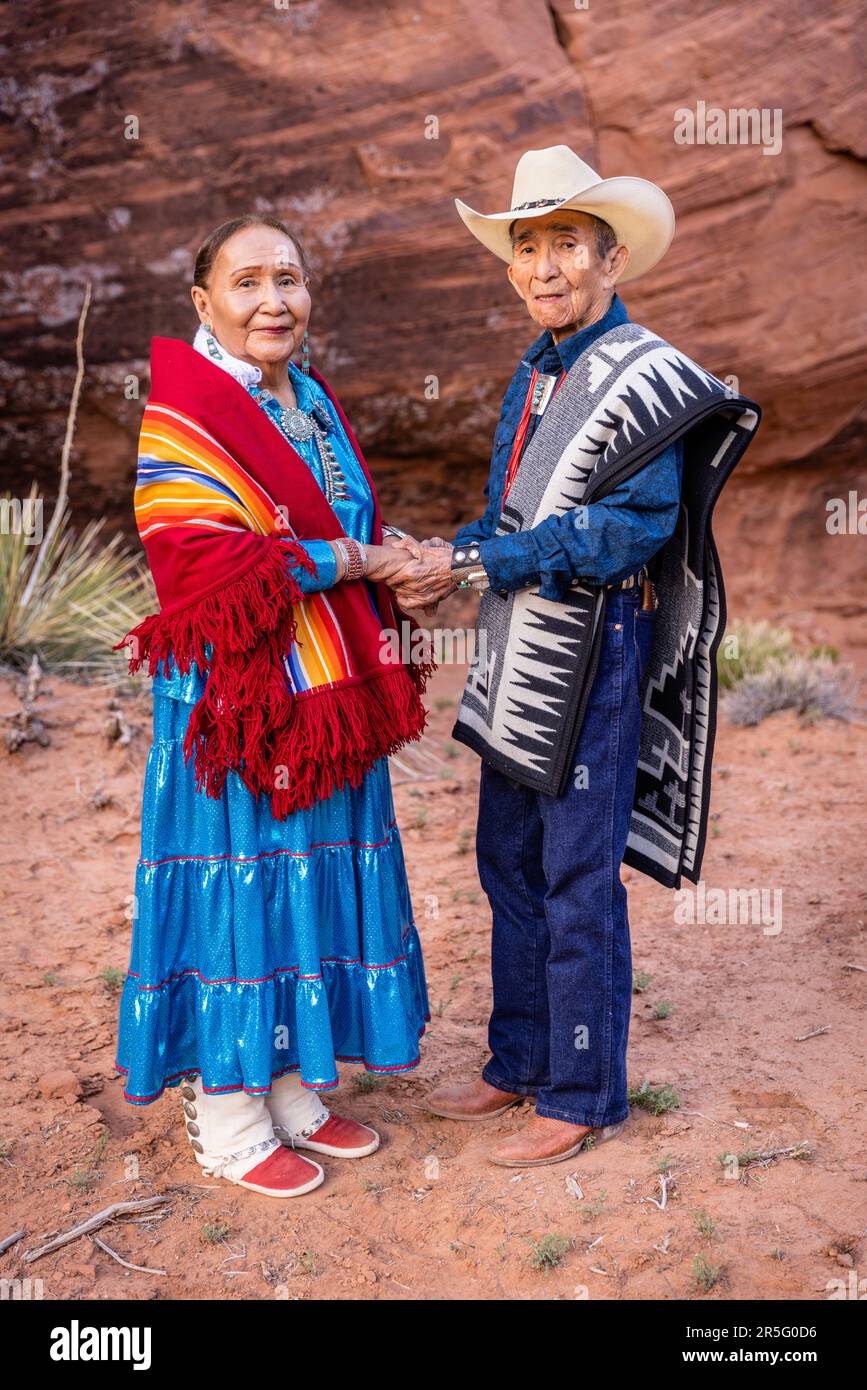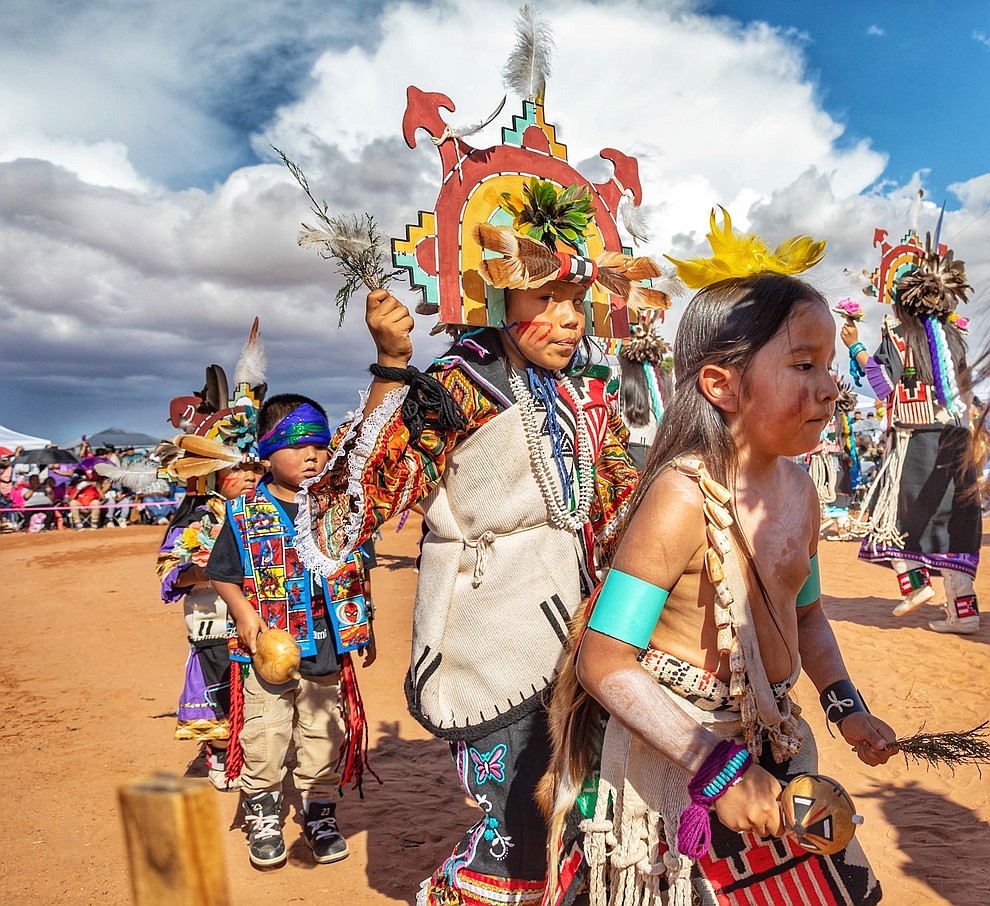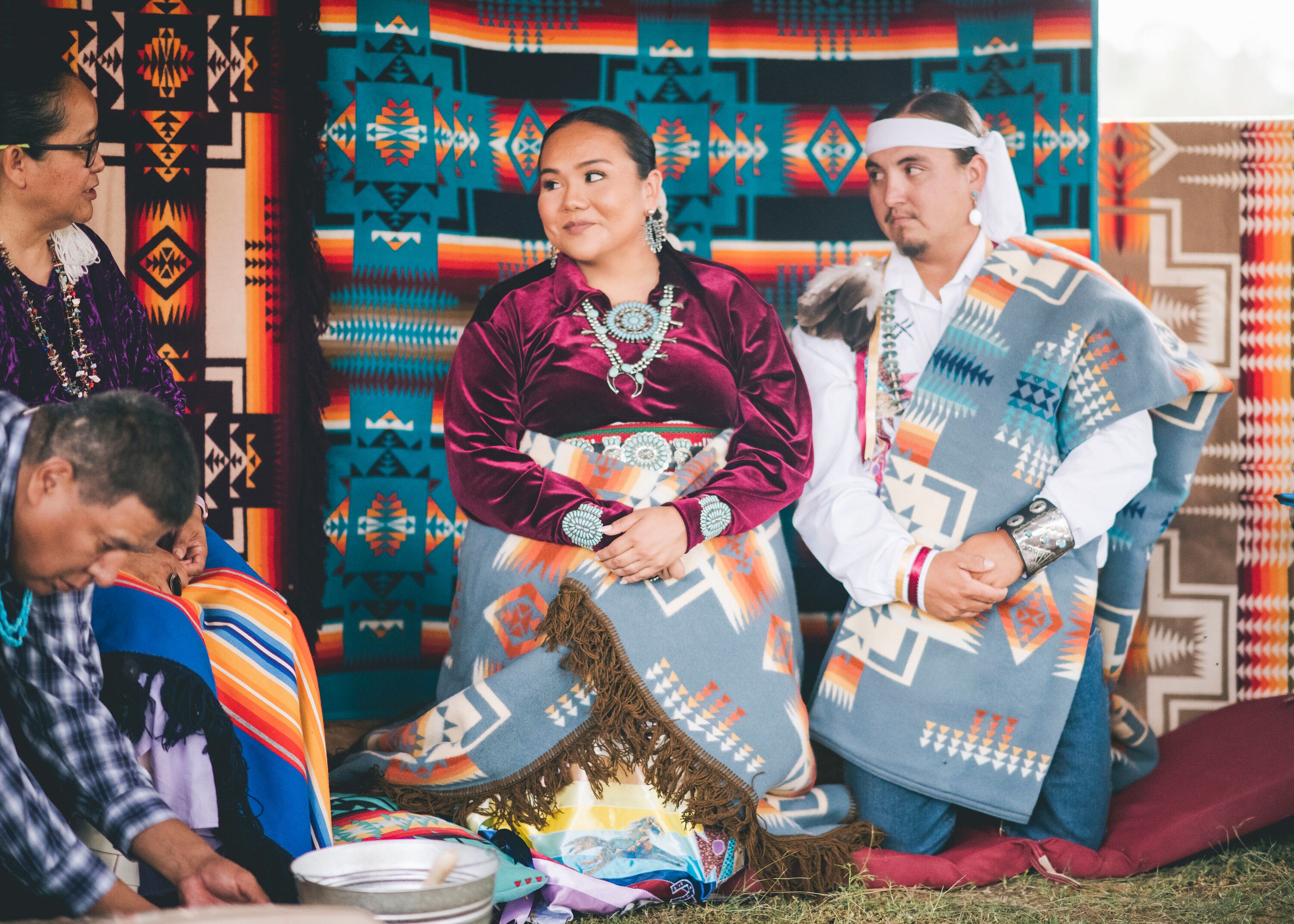
Navigating the Sacred Cartography: A Traveler’s Deep Dive into Navajo Tribal Lands
Forget the neatly drawn lines of your GPS for a moment. To truly explore the Navajo Nation, or Diné Bikéyah as it is known to its people, is to embark on a journey that transcends conventional cartography. It’s an immersion into a landscape where every mesa, canyon, and desert wash tells a story, a history, and holds a spiritual significance far older and deeper than any surveyor’s mark. Our journey isn’t just about seeing the land, but understanding it through the intricate, often contested, lens of its historical mapping – a process that reveals as much about power and perception as it does about geography.
Diné Bikéyah, the largest reservation in the United States, sprawls across parts of Arizona, New Mexico, and Utah, covering an area roughly the size of West Virginia. Its sheer scale is breathtaking, a panorama of ochre deserts, towering sandstone monoliths, ancient volcanic fields, and the deep, silent cuts of canyons. For the Diné, this land is not merely a territory; it is the physical manifestation of their identity, their sacred stories, and their way of life. Their "maps" have traditionally been oral histories, ceremonial songs, and generations of intimate knowledge passed down through storytelling – a dynamic, living cartography etched into memory and tradition, not ink on parchment.
The history of mapping this vast and often unforgiving landscape is a complex tapestry woven from conflicting worldviews. When European and later American explorers, military, and settlers began to push westward, they brought with them a very different concept of land ownership and delineation. Their maps were instruments of conquest, settlement, and resource extraction, designed to divide, categorize, and control. Early maps of the American Southwest often depicted "unexplored" or "Indian Territory" as blank spaces, ignoring the sophisticated understanding and extensive use of these lands by indigenous peoples for millennia. These blank spaces were not empty; they were simply unmapped by Western standards, ripe for imposition.

The pivotal moment in the mapping of Diné Bikéyah, from a Western perspective, arrived with the treaties and governmental surveys following the United States’ acquisition of the Southwest. The forced removal of the Navajo people during the "Long Walk" in 1864, and their subsequent return and the establishment of the Navajo Reservation in 1868, marked the beginning of a formal, government-defined boundary. This initial reservation, significantly smaller than their ancestral lands (Dinétah), was a defined space on a map – a profound shift from the fluid, traditional boundaries understood by the Diné, which were often marked by sacred mountains and natural features rather than arbitrary lines.
Over subsequent decades, these maps evolved. The reservation’s boundaries expanded through executive orders and acts of Congress, often in fits and starts, driven by resource discoveries (coal, oil, uranium) or population growth. Each new line on a map represented a negotiation, a dispute, or a hard-won affirmation of Diné sovereignty. These historical maps, therefore, are not just geographical records; they are political documents, legal instruments, and silent witnesses to generations of struggle and resilience. For the traveler, understanding this cartographic history adds immense depth to the physical journey across the Nation, transforming a scenic drive into a narrative of endurance and cultural persistence.
To truly grasp this, one must visit the iconic landscapes that define Diné Bikéyah, places whose physical presence often predates and transcends their representation on any map.
Monument Valley Navajo Tribal Park: Where the Earth Touches the Sky

Perhaps the most universally recognized symbol of the American Southwest, Monument Valley (Tsé Biiʼ Ndzisgaii in Navajo, "valley of the rocks") is a landscape of unparalleled grandeur. The towering sandstone buttes and mesas, sculpted by wind and water over millennia, rise dramatically from the desert floor. On a map, it’s a designated tribal park, a tourist attraction. But standing amidst these geological giants, the historical and cultural layers become palpable.
For centuries, these formations have been central to Navajo cosmology, imbued with spirits and stories. Early Western maps might have simply labeled it "desolate" or "unsettled." Later, after its popularization by Hollywood Westerns, it became a symbol of a romanticized frontier. Yet, the Navajo perspective endures: this is a sacred place, a living entity. Driving the dirt loop road, guided by a local Navajo, one realizes that the true map here isn’t the park brochure, but the oral traditions that identify each formation, connecting it to creation stories, ancestors, and prayers. It’s a place where the physical map is a mere entry point to a much deeper, unseen cartography.
Canyon de Chelly National Monument: A Vertical History
Further east, Canyon de Chelly (Tséyiʼ in Navajo, "rock canyon") offers a stark contrast to Monument Valley’s open vistas. Here, the landscape is defined by its depths – sheer sandstone walls plunging hundreds of feet to a verdant canyon floor. This monument is unique in that it is entirely within the Navajo Nation and is jointly managed by the National Park Service and the Navajo Nation. Critically, the canyon floor remains a living community, home to Navajo families who farm and herd sheep, maintaining a continuous human presence for over 5,000 years.

Historical maps of Canyon de Chelly would show its formidable natural defenses, its isolation. It was a place of refuge for the Ancestral Puebloans (Anasazi) and later for the Navajo during periods of conflict, including the Long Walk. The cliff dwellings – White House Ruin, Mummy Cave, Antelope House – are not just archaeological sites; they are markers on a vertical map of time, each alcove and ledge bearing witness to generations of human habitation. To descend into the canyon, accessible only with a Navajo guide, is to walk through layers of history. The guide’s knowledge – their "internal map" – points out not just the ancient ruins, but also the medicinal plants, the petroglyphs, and the stories embedded in every rock and stream. The canyon itself is a map, its layers revealing the passage of cultures, resilience, and an unbroken connection to the land.
Window Rock: The Heart of the Nation
Window Rock (Tségháhoodzání in Navajo, "the perforated rock"), the capital of the Navajo Nation, offers a different kind of cartographic insight. Here, modern governance meets ancestral land. The iconic natural sandstone arch, from which the capital takes its name, stands as a powerful symbol of the Nation’s strength and continuity. Around it, administrative buildings house the Navajo Nation Council, the judicial branch, and other government offices.
Maps of Window Rock showcase a contemporary administrative center, complete with roads, buildings, and infrastructure. Yet, the presence of the sacred arch reminds visitors that even in the most modern aspects of Diné governance, the land and its spiritual significance remain central. This is where the lines on a governmental map are actively managed, where land use, resource development, and the protection of cultural sites are debated and decided. It’s a place where the legacy of historical maps – those defining boundaries and allocating resources – directly impacts the present and future of the Navajo people.
Navigating the Modern Diné Bikéyah
For the modern traveler, navigating Diné Bikéyah requires a blend of traditional and contemporary mapping. While GPS and detailed road maps are essential for covering the vast distances, particularly on unpaved roads that can be challenging, they are only part of the story. The true "map" of the Navajo Nation includes:
- Permits and Guides: Many sacred sites and backcountry areas require permits from the Navajo Nation Parks and Recreation Department or a licensed Navajo guide. This isn’t just about regulation; it’s about respecting private land and ensuring cultural protocols are followed. A Navajo guide offers an invaluable "internal map" of the land, sharing stories, history, and ecological insights that no paper map can convey.
- Cultural Sensitivity: Understanding that you are a guest on sovereign land is paramount. Learning a few basic Navajo phrases (Yáʼátʼééh for hello), respecting sacred sites, and asking permission before photographing people or ceremonies are crucial.
- The Land Itself: Pay attention to the geology, the flora, the subtle shifts in the landscape. These are the markers of the Diné’s ancestral maps, the features that guided their ancestors and continue to define their world.
The experience of traveling through Navajo Tribal Lands, with an awareness of its historical cartography, is profoundly enriching. It moves beyond mere sightseeing to an understanding of sovereignty, resilience, and the deep, abiding connection between a people and their homeland. The "review" of this place isn’t just about its beauty, which is undeniable, but about the profound education it offers. It teaches us that maps are never neutral; they are reflections of power, culture, and perspective. And in Diné Bikéyah, the most powerful maps are not those drawn with lines and labels, but those woven into the very fabric of the land, carried in the hearts and minds of its people, waiting to be shared with respectful travelers. It’s a journey that invites you to redraw your own mental map of what land, history, and identity truly mean.

